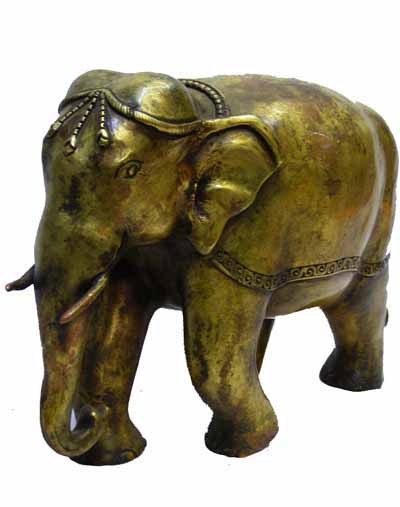Code
HCS34779
Weight
3.22 Kg / 7.1 lbs
Size
Height
24cm (9") Width
26cm (10") Depth
16cm (6") Material
Brass
Availability
Available

Safe Payment
We accept Paypal, Money Transfer, Bank Transfer
Confidence
Protection covers your purchase and personal data.
Worldwide Delivery
We ship Worldwide, except Russia.Shipping cost US$25.2 for upto 0.5 kgs

Hotline
Talk to help line for your question on 9841267335Process: Sand Casting
This [temple Lion Pair], Buddhist Statue, [sand Casting] has been created using the sand casting system, also known as sand molding casting. This widely employed manufacturing process utilizes a sand mold to produce metal products and components in various sizes and shapes. Sand casting holds significant popularity in the industry, accounting for approximately 60% of all metal castings. The sand casting process involves six primary steps. First, a pattern or replica of the desired sculpture, in this case, [temple Lion Pair], Buddhist Statue, [sand Casting] , is created using a material like wood or metal. The pattern is then placed in a flask, which is a box-like structure divided into two halves. The next step involves packing the flask tightly with specially formulated molding sand, creating a mold cavity that matches the shape of the pattern. The pattern is subsequently removed, leaving behind a negative impression of the sculpture within the sand mold. Read More . . .
This [temple Lion Pair], Buddhist Statue, [sand Casting] has been created using the sand casting system, also known as sand molding casting. This widely employed manufacturing process utilizes a sand mold to produce metal products and components in various sizes and shapes. Sand casting holds significant popularity in the industry, accounting for approximately 60% of all metal castings. The sand casting process involves six primary steps. First, a pattern or replica of the desired sculpture, in this case, [temple Lion Pair], Buddhist Statue, [sand Casting] , is created using a material like wood or metal. The pattern is then placed in a flask, which is a box-like structure divided into two halves. The next step involves packing the flask tightly with specially formulated molding sand, creating a mold cavity that matches the shape of the pattern. The pattern is subsequently removed, leaving behind a negative impression of the sculpture within the sand mold. Read More . . .
The Lion is one of Buddhism's most potent symbols. Traditionally, the lion is associated with regality, strength, and power. It is therefore an appropriate symbol for the Buddha who tradition has it was a royal prince. The Buddha's teachings are sometimes referred to as the 'Lion's Roar', again indicative of their strength and power.
The image on the left shows a capital from a pillar of Asoka: the Lions of Sarnath. Sarnath is where the Buddha first preached, and these lions echo his teachings to the four quarters of the world, sometimes called 'the Lion's Roar'. The wheel symbolizes Buddhist law and also Asoka's legitimacy as an enlightened ruler.
Especially in Tibetan Buddhist art, lions are often depicted on the throne the Buddha sits on, but these are Snowlions (mythical creatures), and they actually represent the eight main Bodhisattvas (students of the Buddha).
What seems a much later development is the depiction of the Buddha's eyes (especially on stupas), as is frequently seen in Nepal. They look in all four directions, representing the omniscient mind of a Buddha.
Especially in Tibetan Buddhist art, lions are often depicted on the throne the Buddha sits on, but these are Snowlions (mythical creatures), and they actually represent the eight main Bodhisattvas (students of the Buddha).
What seems a much later development is the depiction of the Buddha's eyes (especially on stupas), as is frequently seen in Nepal. They look in all four directions, representing the omniscient mind of a Buddha.


![[temple Lion Pair], Buddhist Statue, [sand Casting]](https://handicraftseller.com/uploads/pics/product/thumb/2025/01/34779_2.jpg)
![[temple Lion Pair], Buddhist Statue, [sand Casting]](https://handicraftseller.com/uploads/pics/product/thumb/2025/01/34779_3.jpg)
![[temple Lion Pair], Buddhist Statue, [sand Casting]](https://handicraftseller.com/uploads/pics/product/thumb/2025/01/34779_4.jpg)
![[temple Lion Pair], Buddhist Statue, [sand Casting]](https://handicraftseller.com/uploads/pics/product/thumb/2025/01/34779_5.jpg)
![[temple Lion Pair], Buddhist Statue, [sand Casting]](https://handicraftseller.com/uploads/pics/product/thumb/2025/01/34779_6.jpg)
![[temple Lion Pair], Buddhist Statue, [sand Casting]](https://handicraftseller.com/uploads/pics/product/thumb/2025/01/34779.jpg)
![[temple Lion Pair], Buddhist Statue, [sand Casting]](https://handicraftseller.com/uploads/pics/product/thumb/2025/01/34779_0.jpg)
![[temple Lion Pair], Buddhist Statue, [sand Casting]](https://handicraftseller.com/uploads/pics/product/thumb/2025/01/34779_1.jpg)
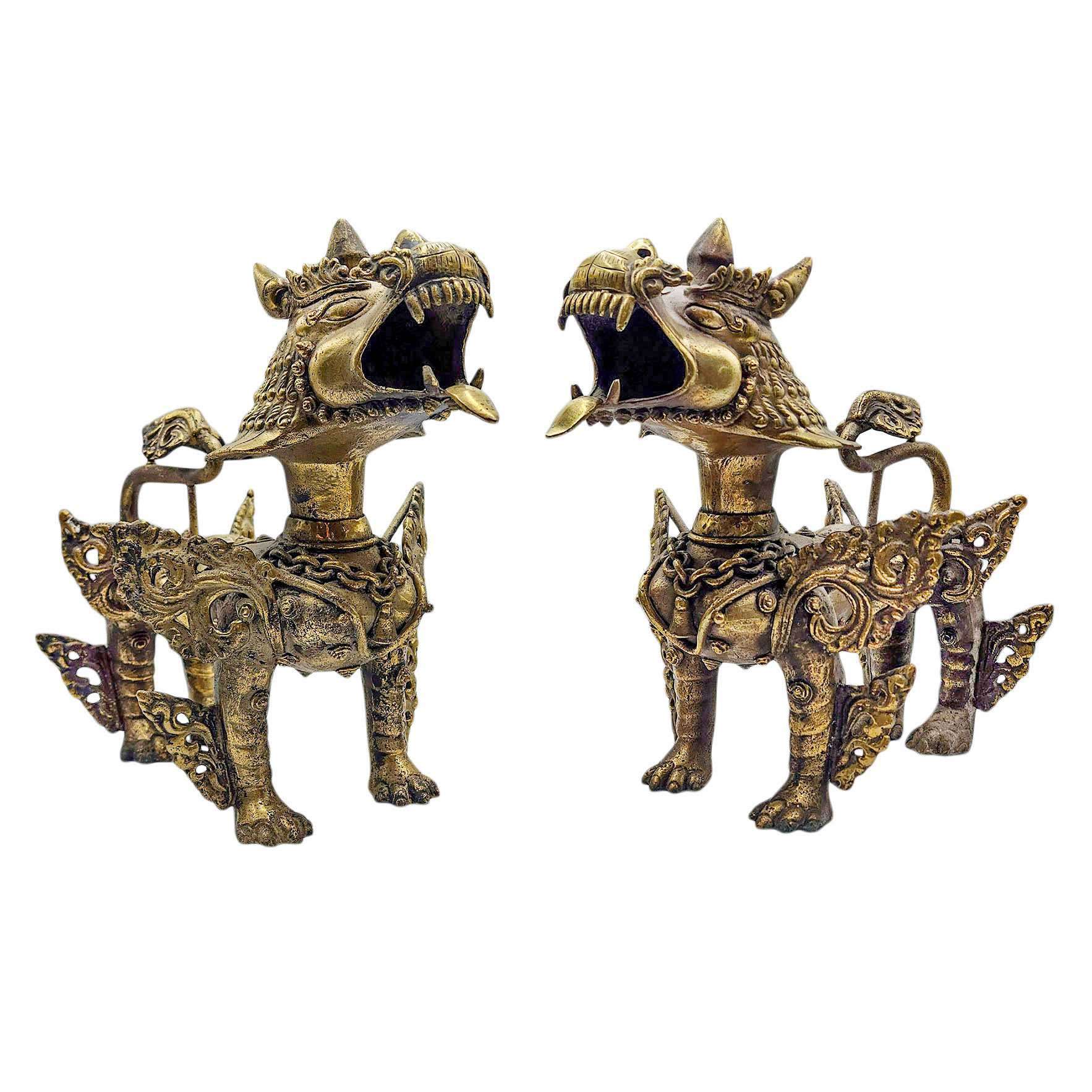
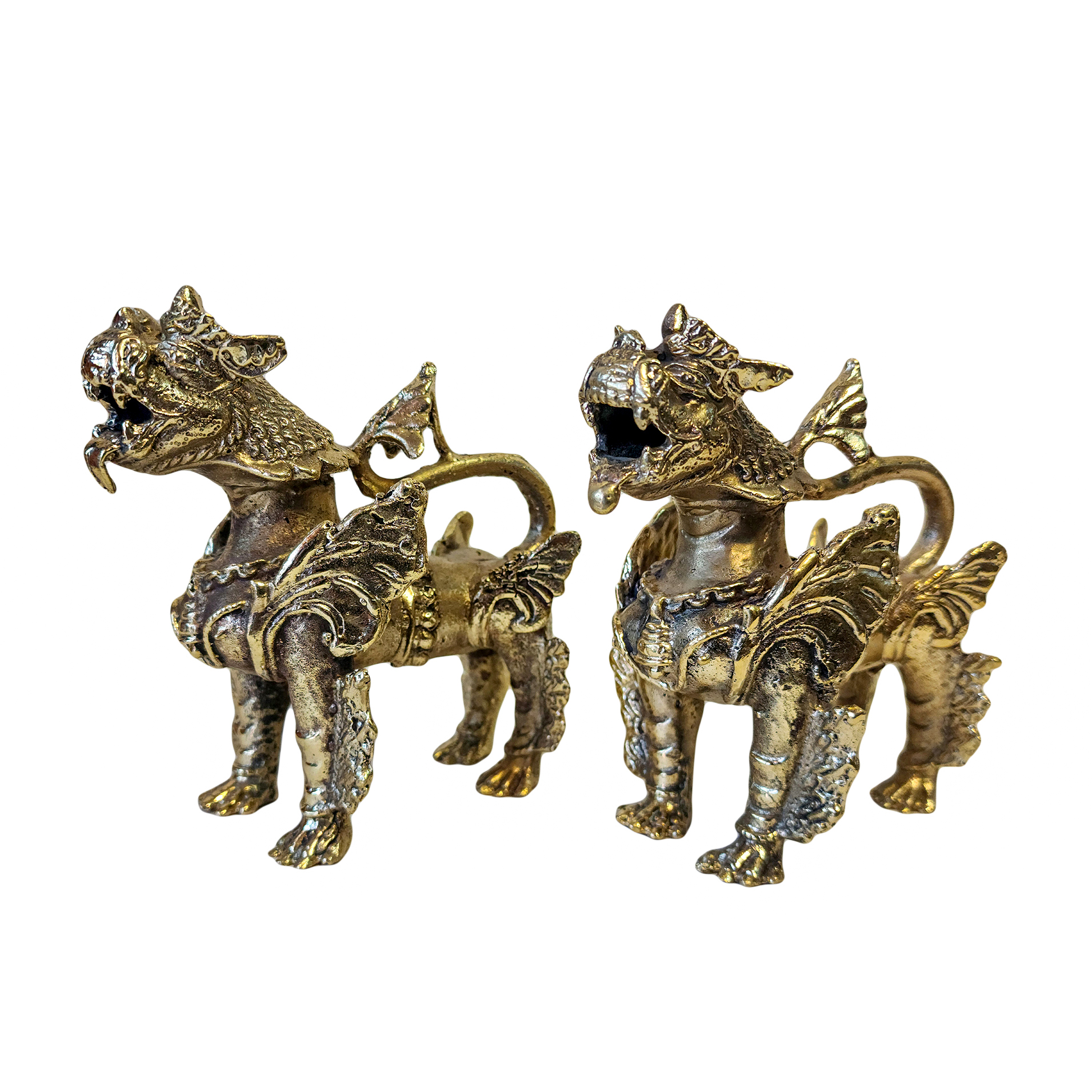 of
of 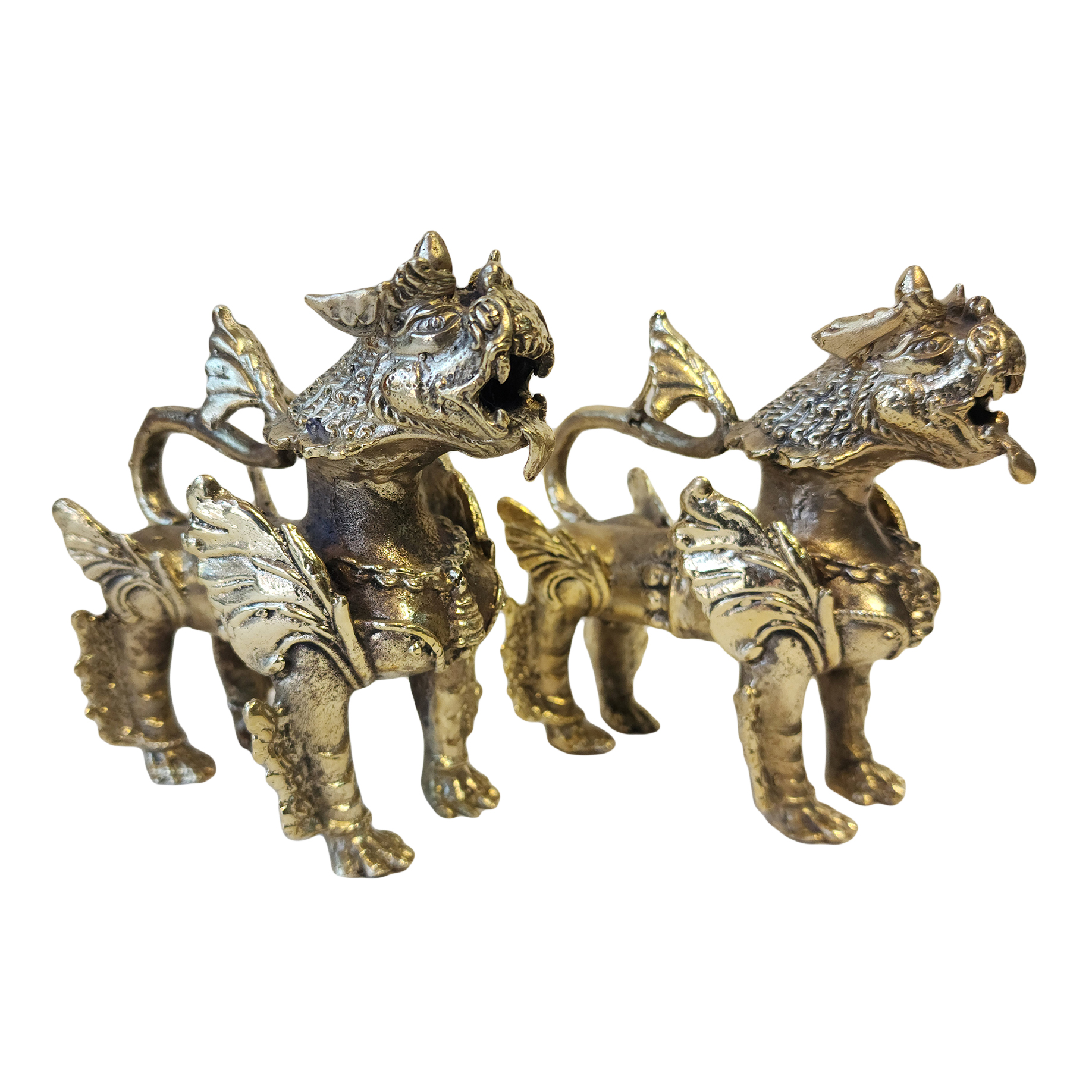 of
of 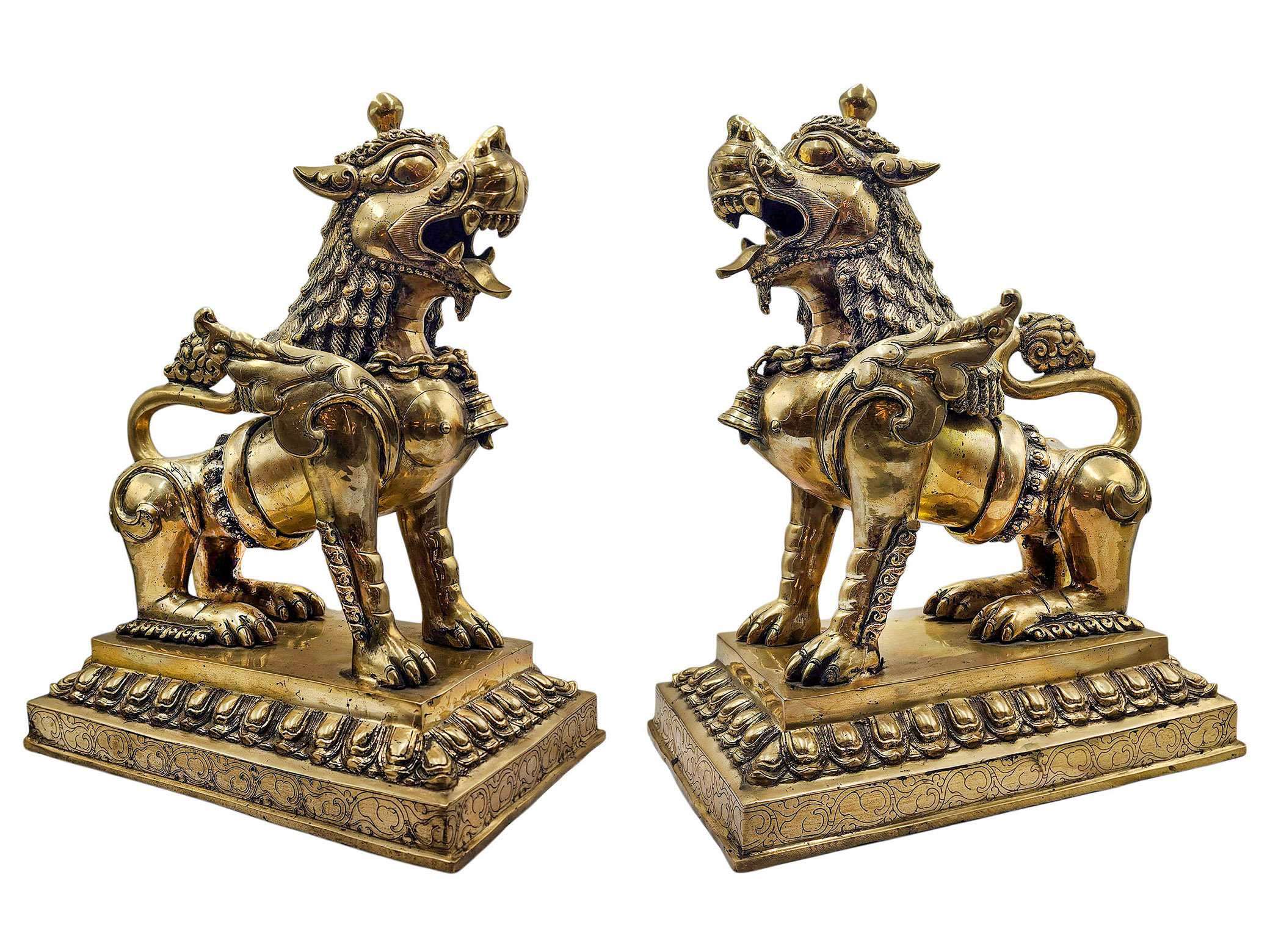 Temple Lion Pair, Buddhist Statue,
Temple Lion Pair, Buddhist Statue, 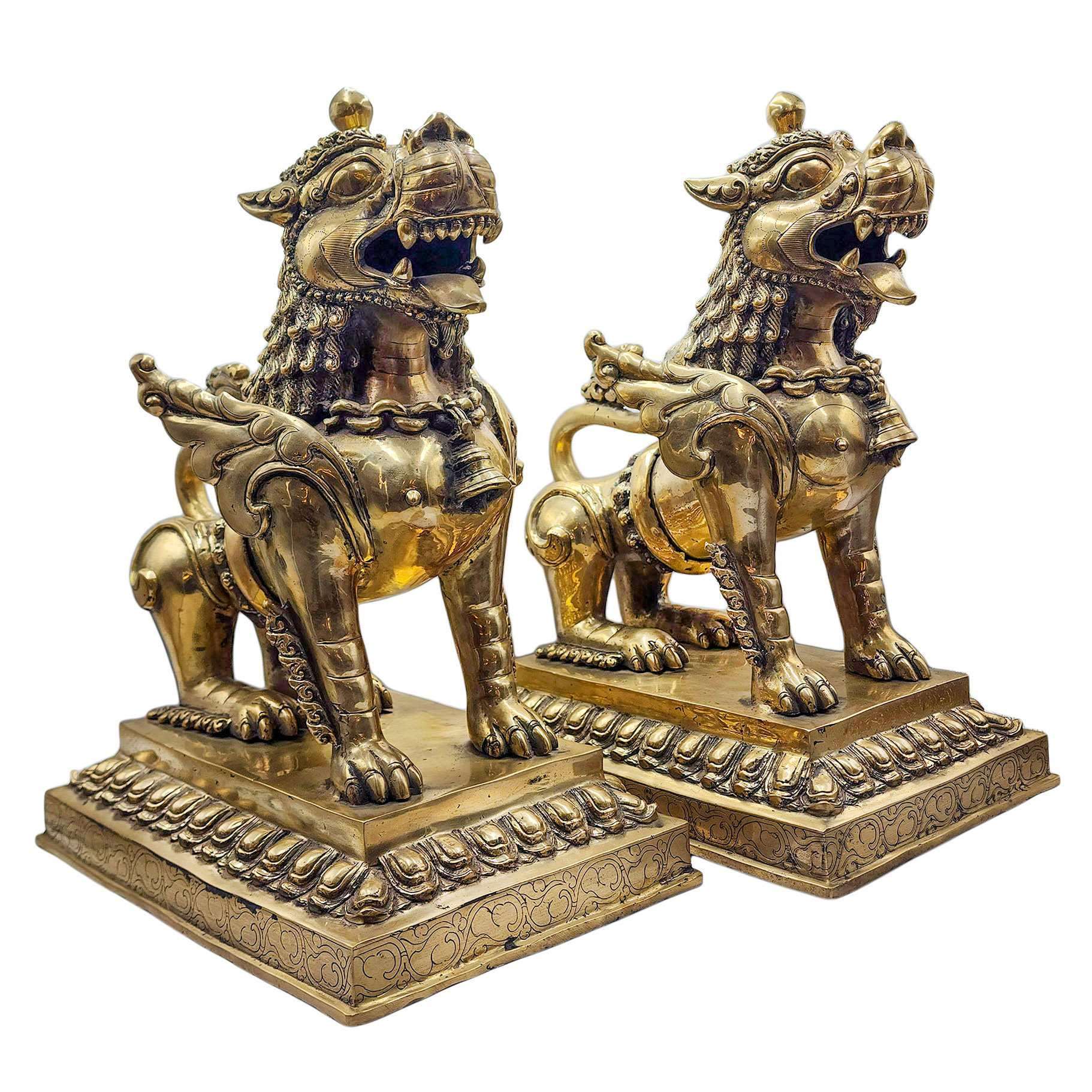 Temple Lion Pair, Buddhist Statue,
Temple Lion Pair, Buddhist Statue, 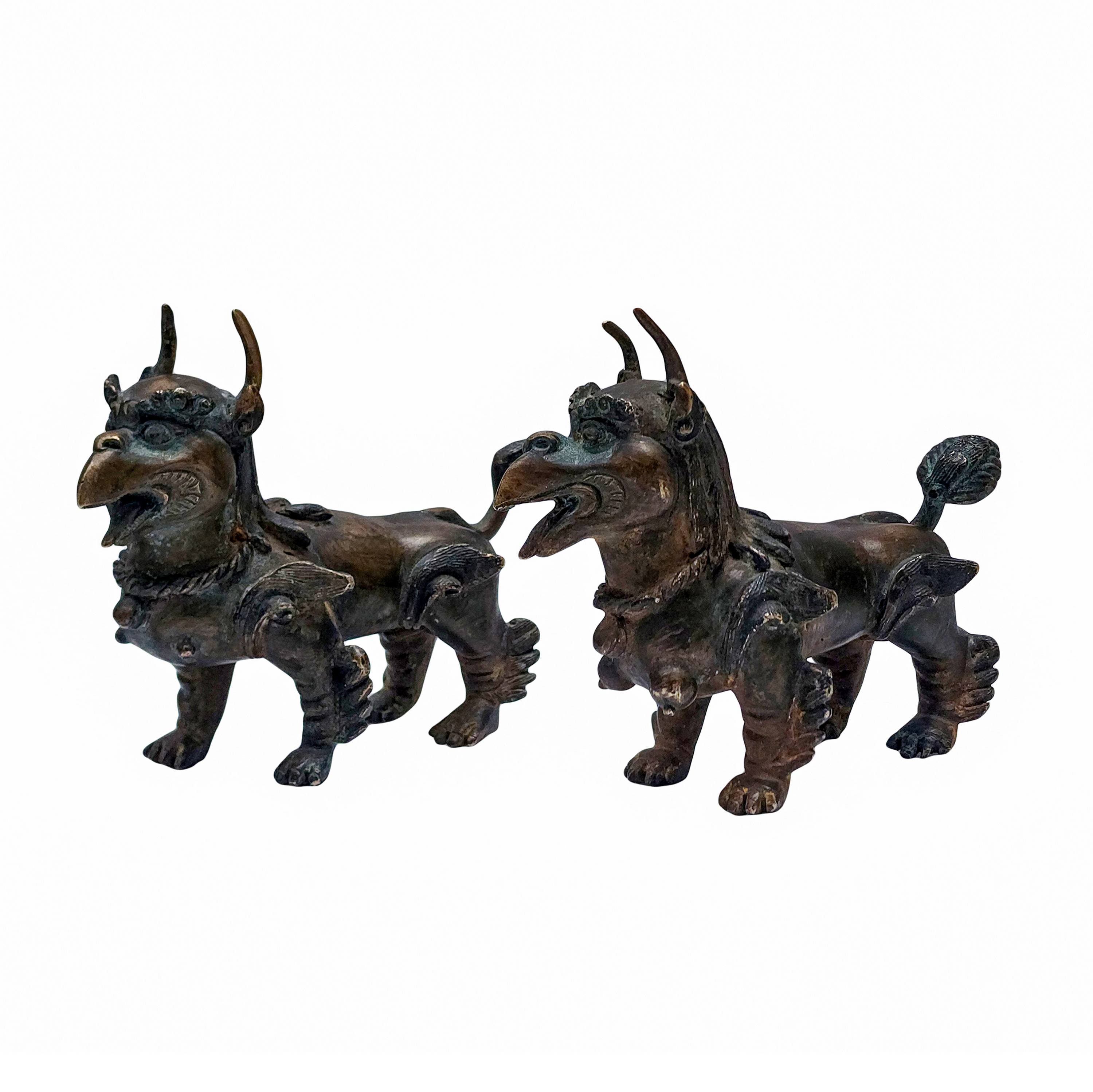 of
of 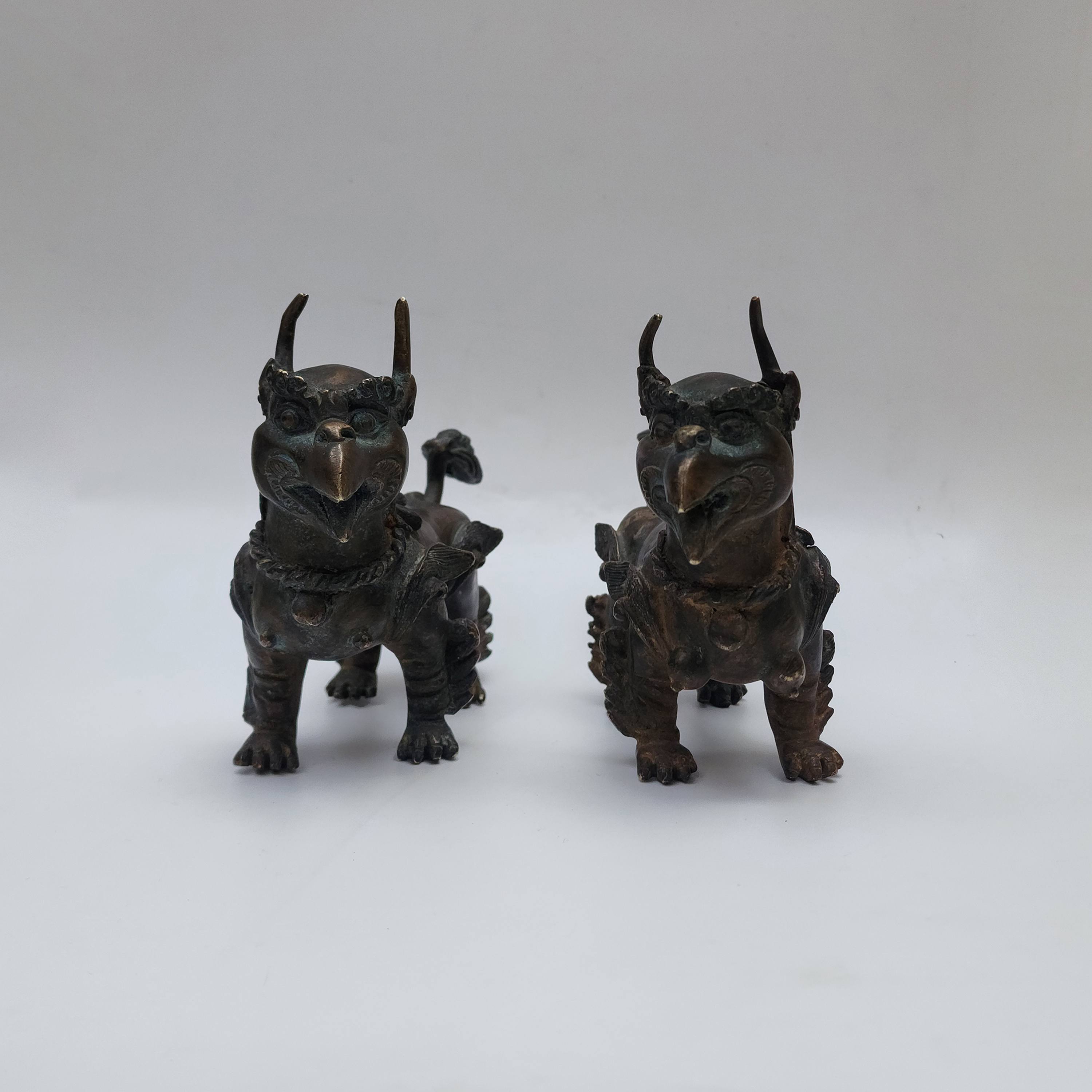 of
of 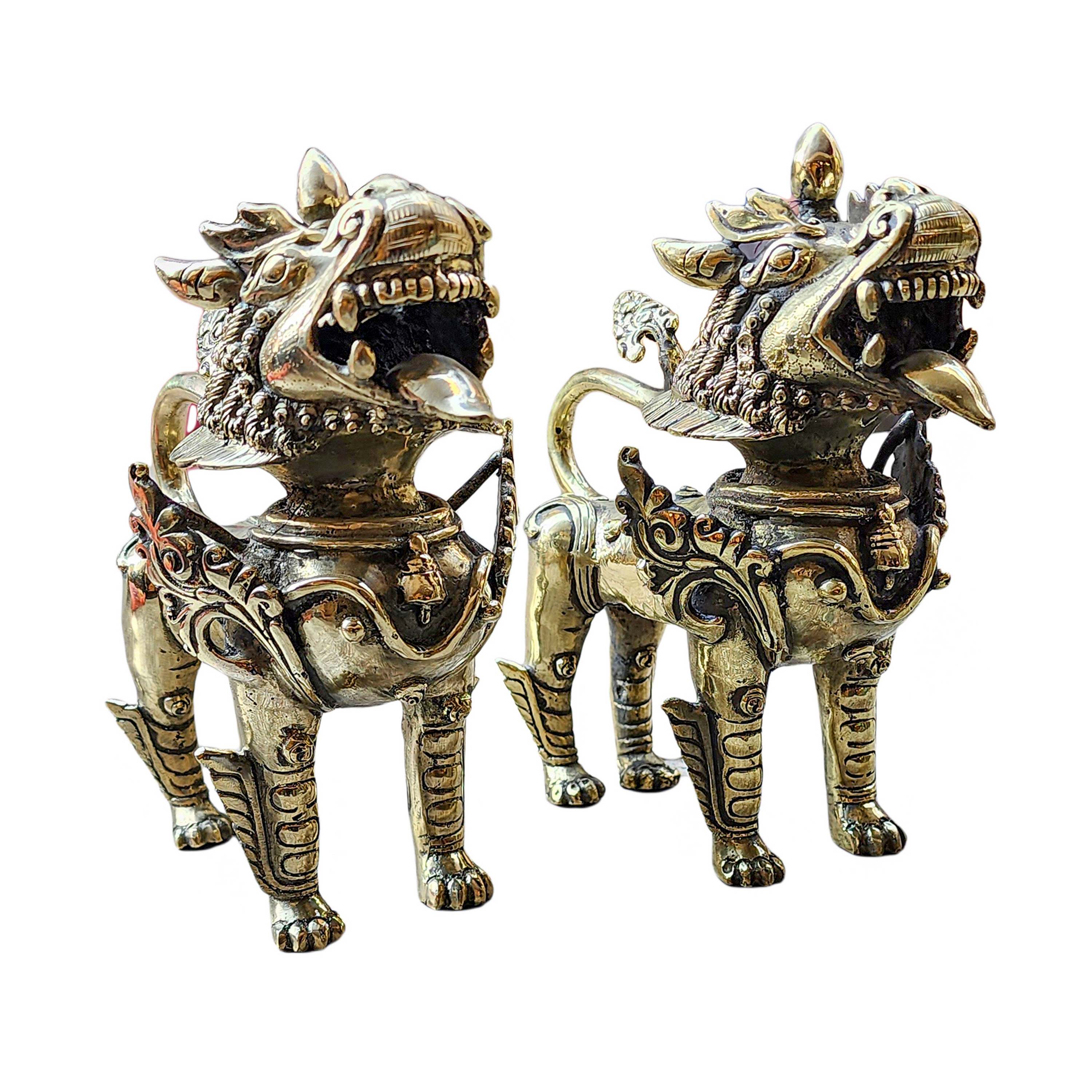 Temple Lion Pair, Buddhist Statue,
Temple Lion Pair, Buddhist Statue, 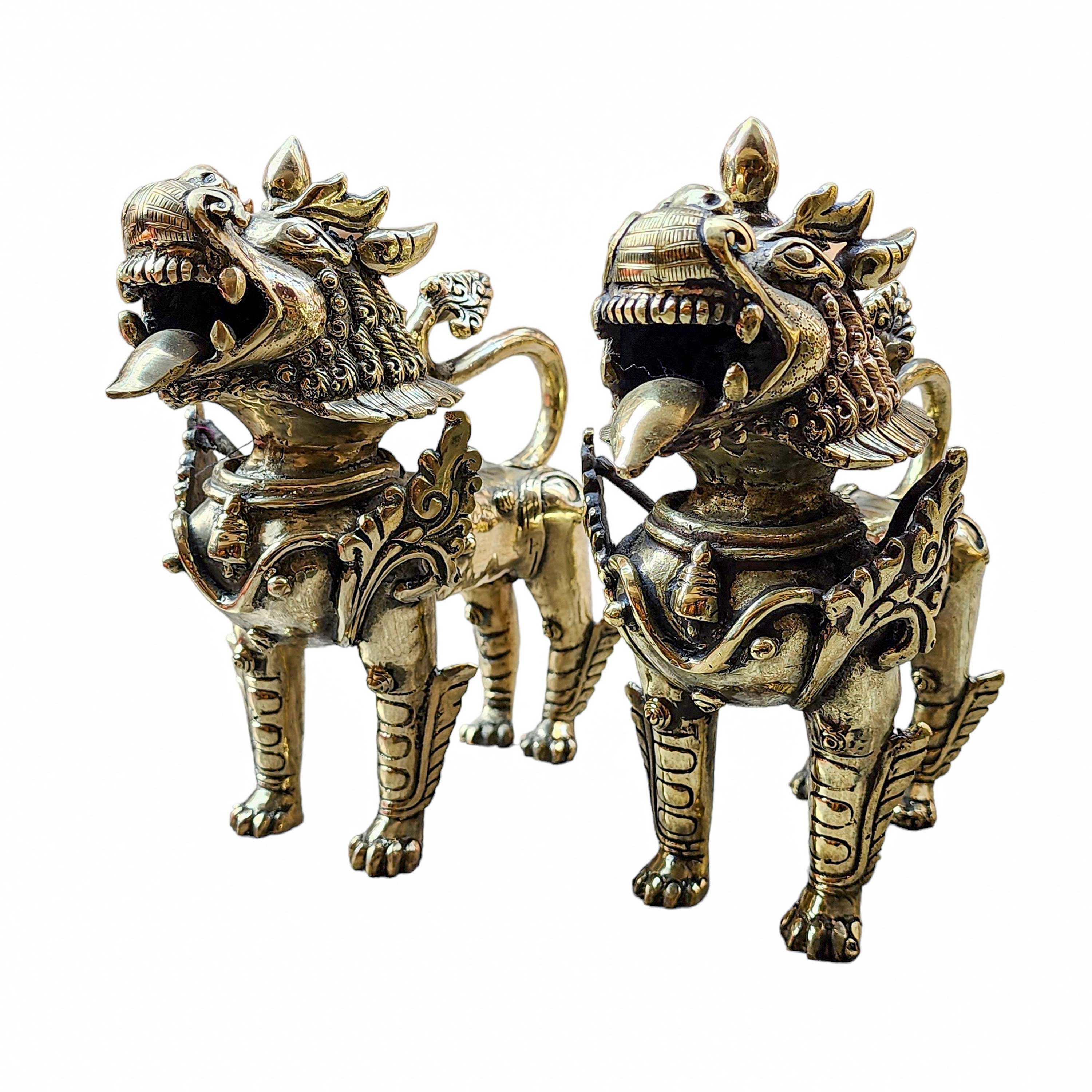 Temple Lion Pair, Buddhist Statue,
Temple Lion Pair, Buddhist Statue, 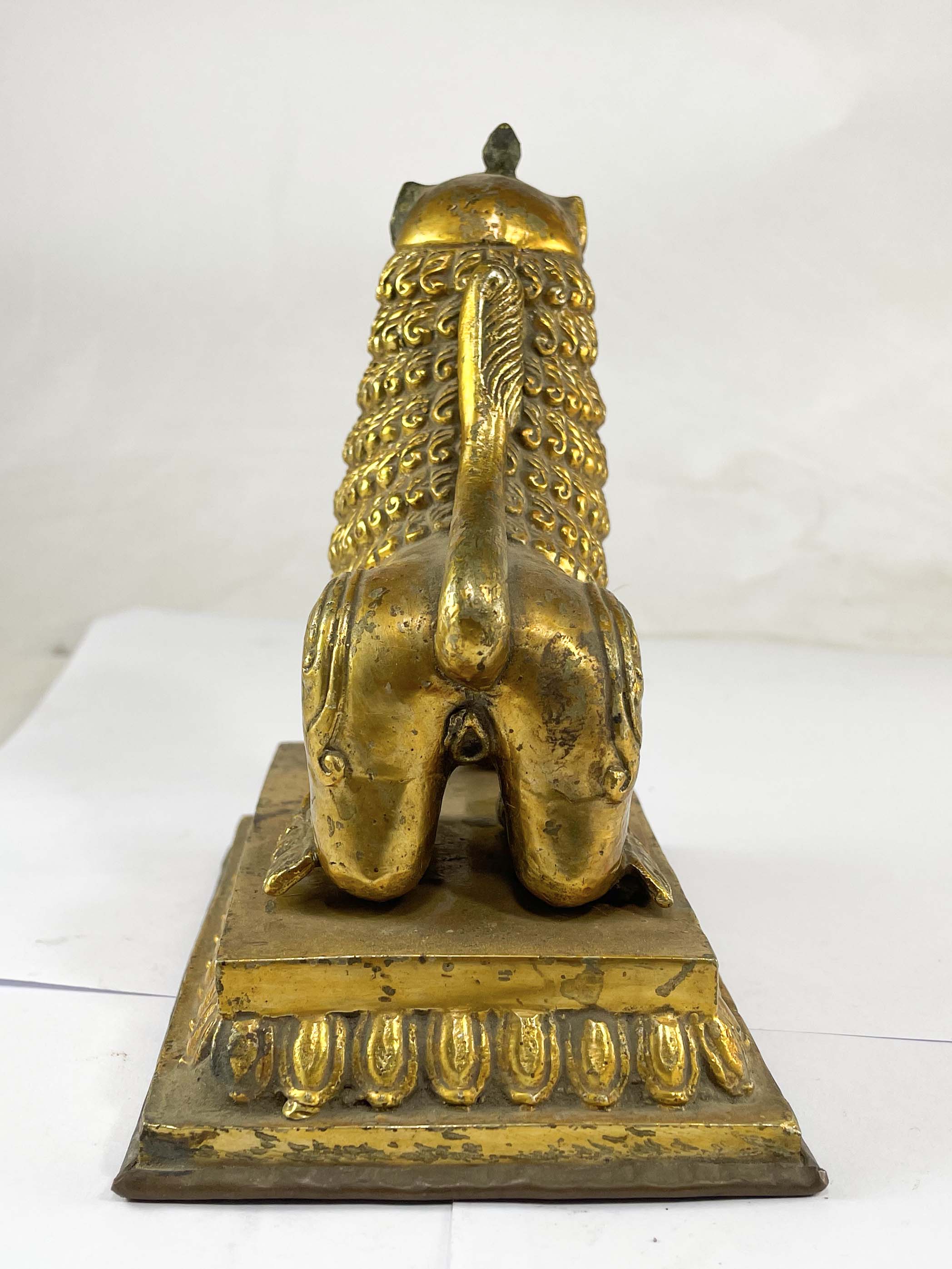 and Lioness Pair,
and Lioness Pair, 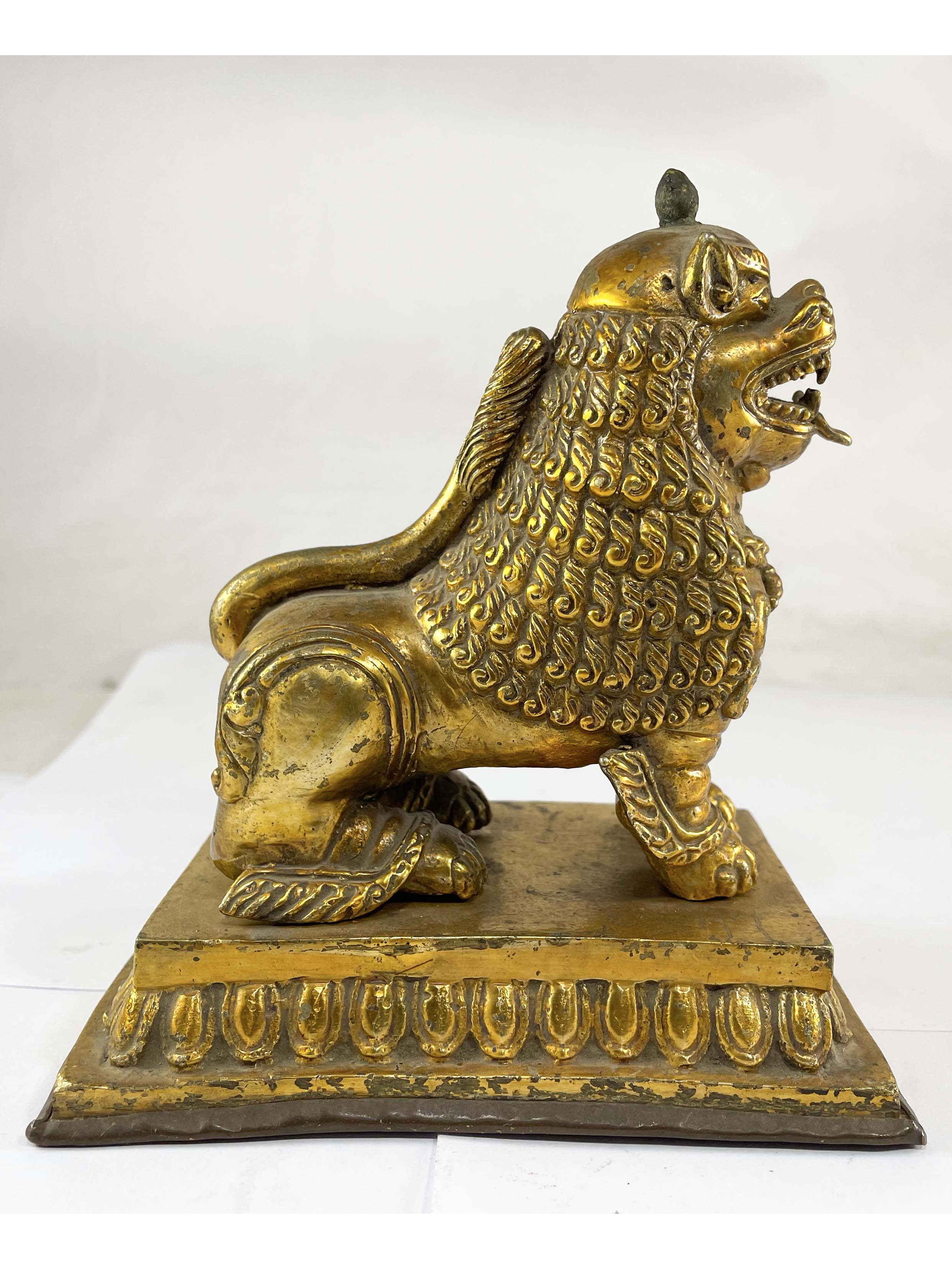 and Lioness Pair,
and Lioness Pair, 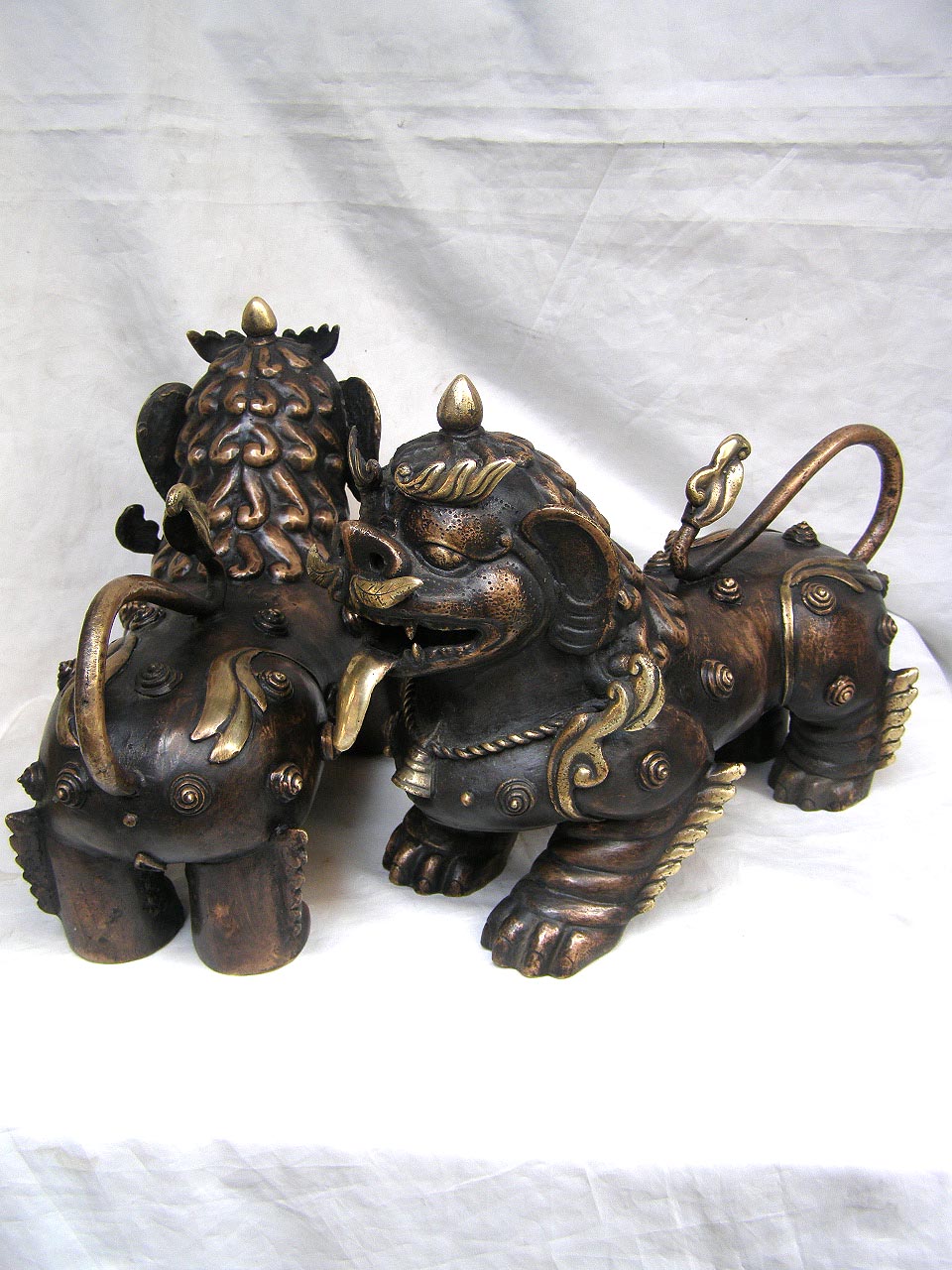 Black Oxidized" title="Temple Lions Statue,
Black Oxidized" title="Temple Lions Statue, 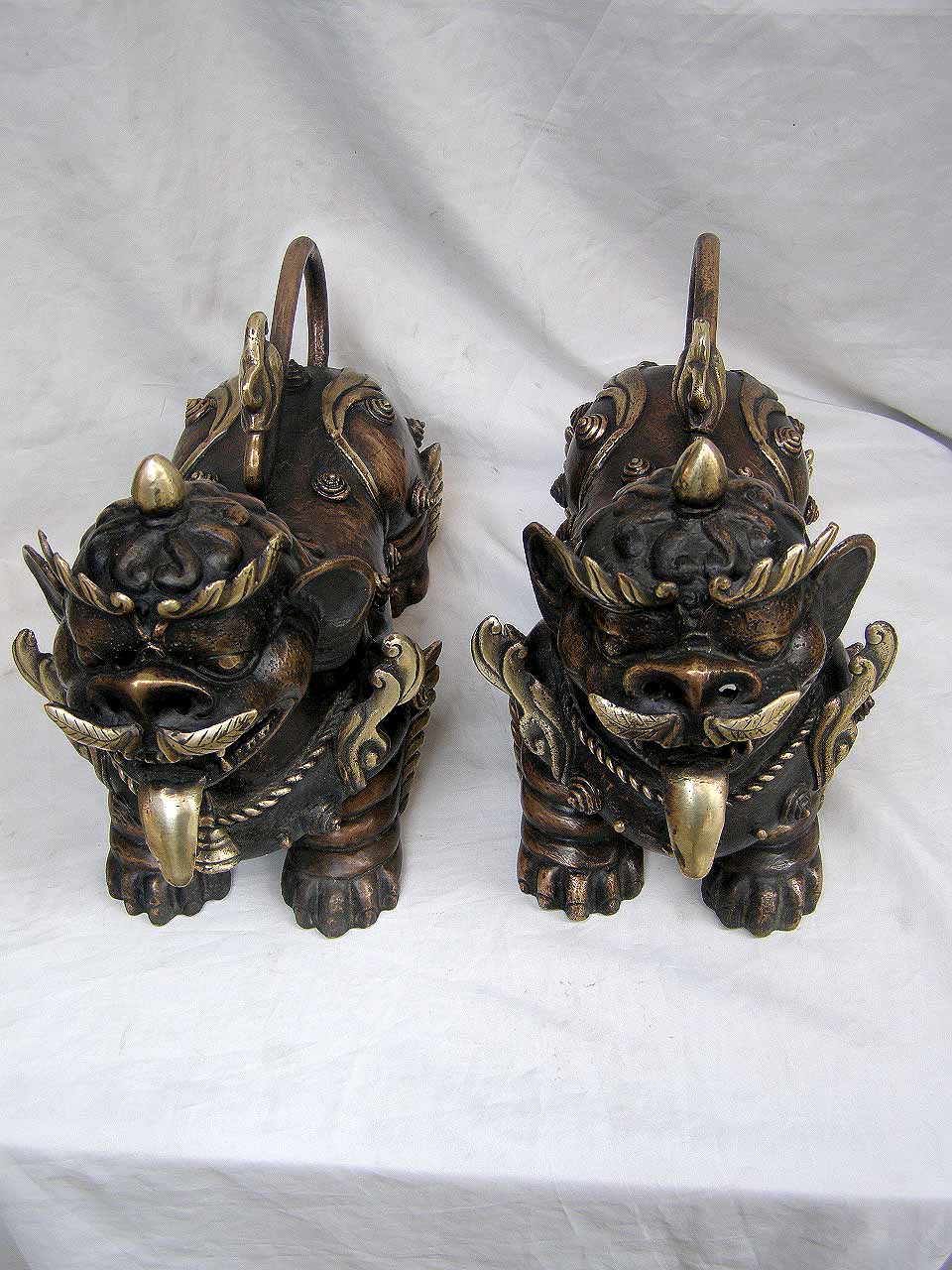 Black Oxidized" title="Temple Lions Statue,
Black Oxidized" title="Temple Lions Statue, 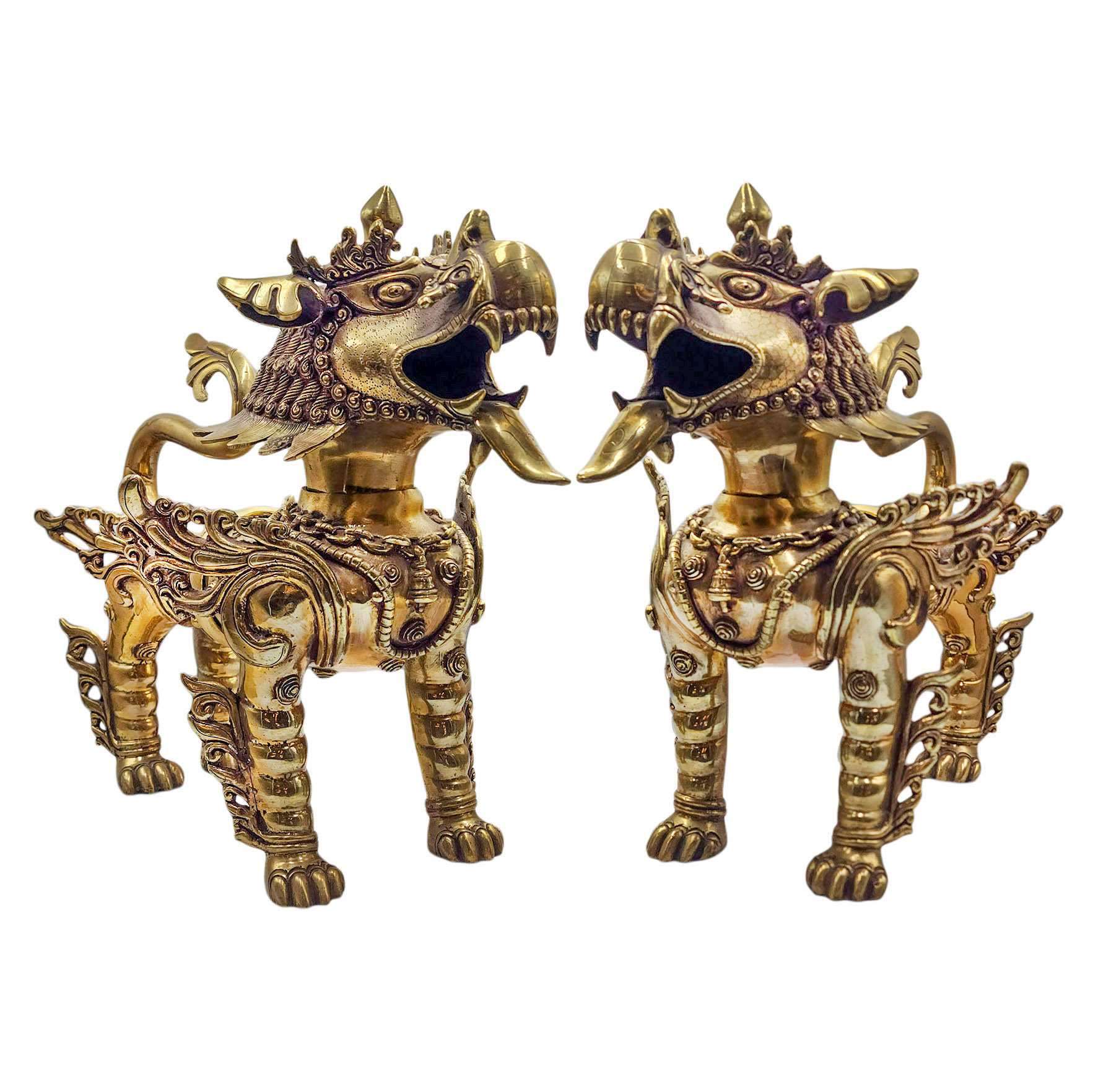 Temple Lion Pair, Buddhist Statue,
Temple Lion Pair, Buddhist Statue, 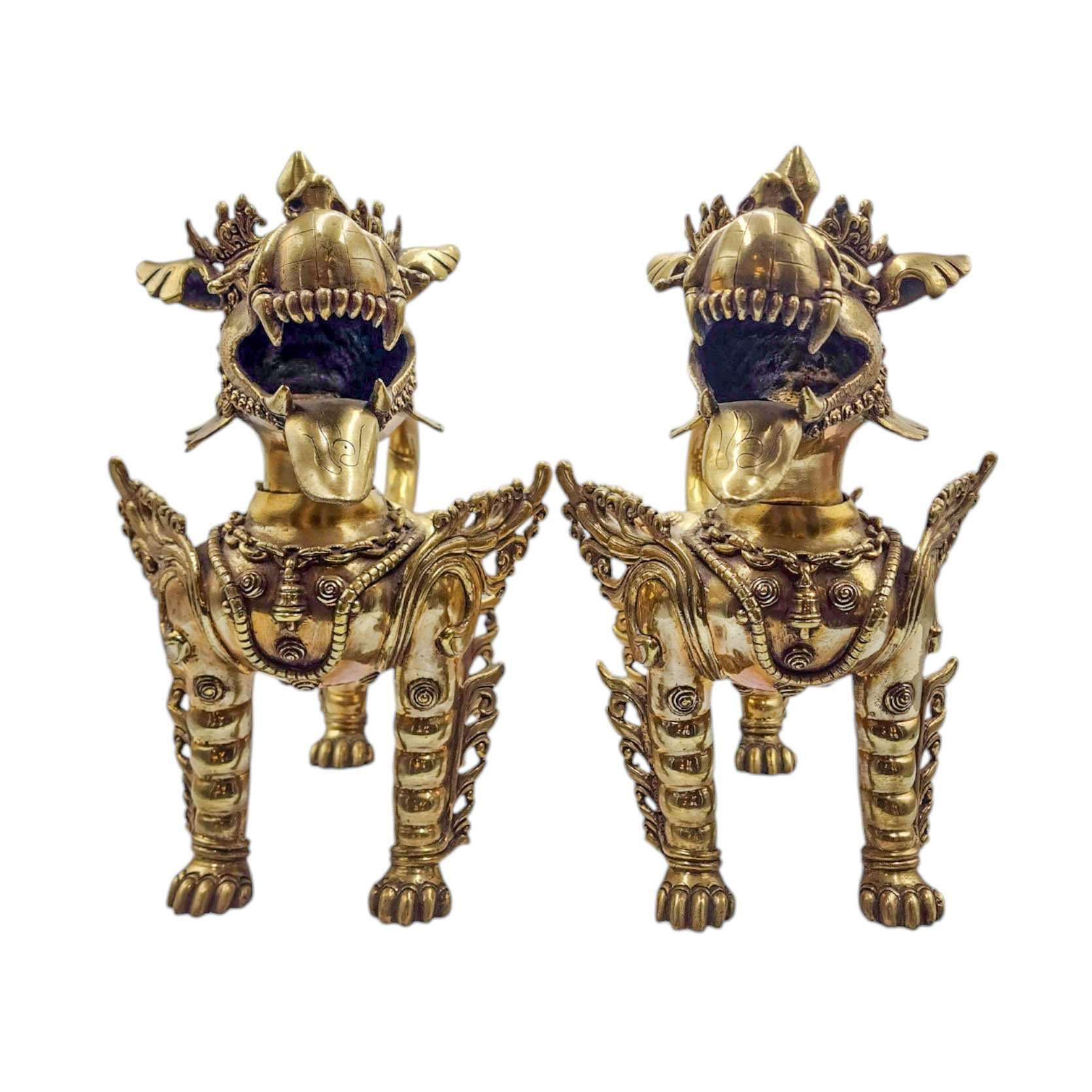 Temple Lion Pair, Buddhist Statue,
Temple Lion Pair, Buddhist Statue, 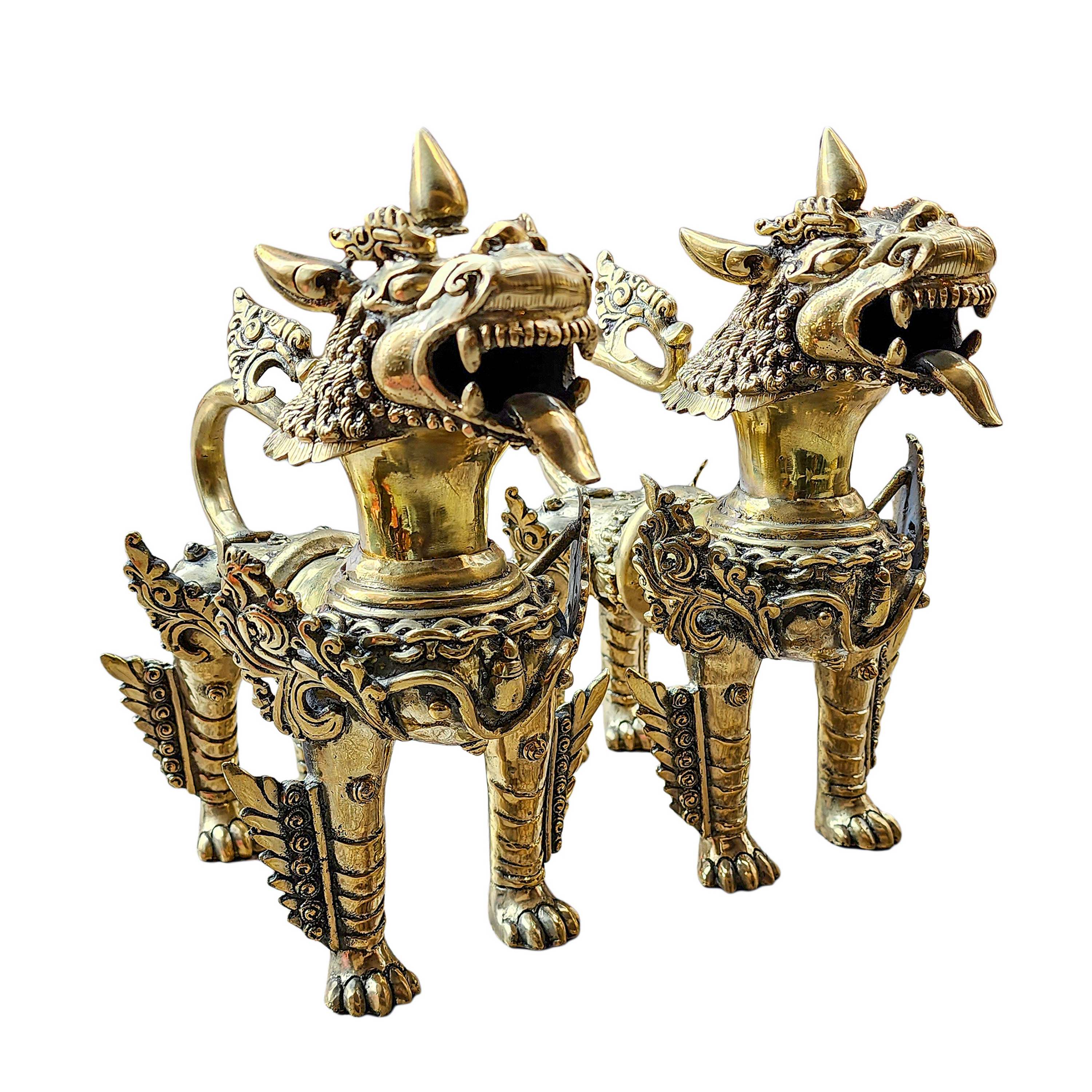 Temple Lion Pair, Buddhist Statue,
Temple Lion Pair, Buddhist Statue, 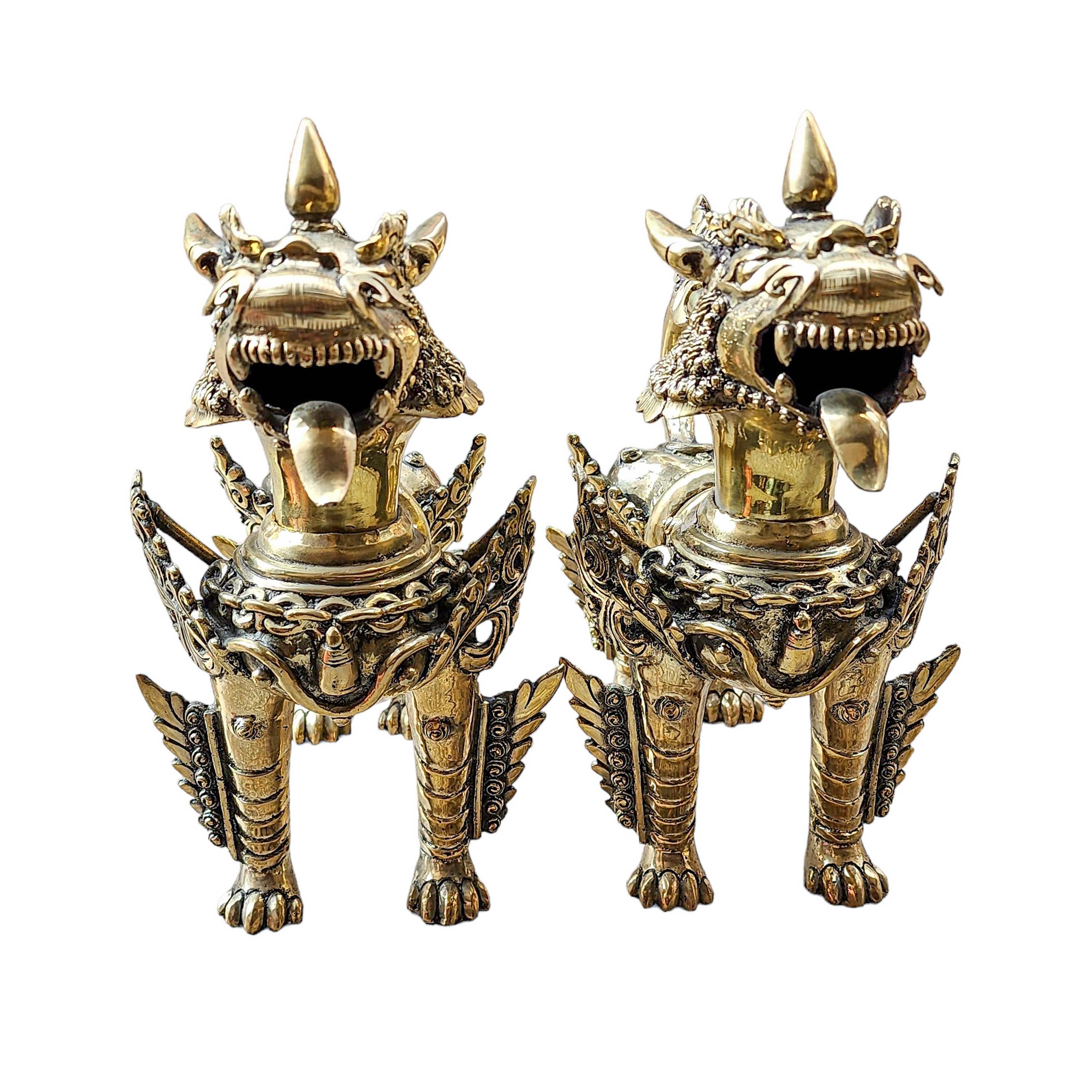 Temple Lion Pair, Buddhist Statue,
Temple Lion Pair, Buddhist Statue, 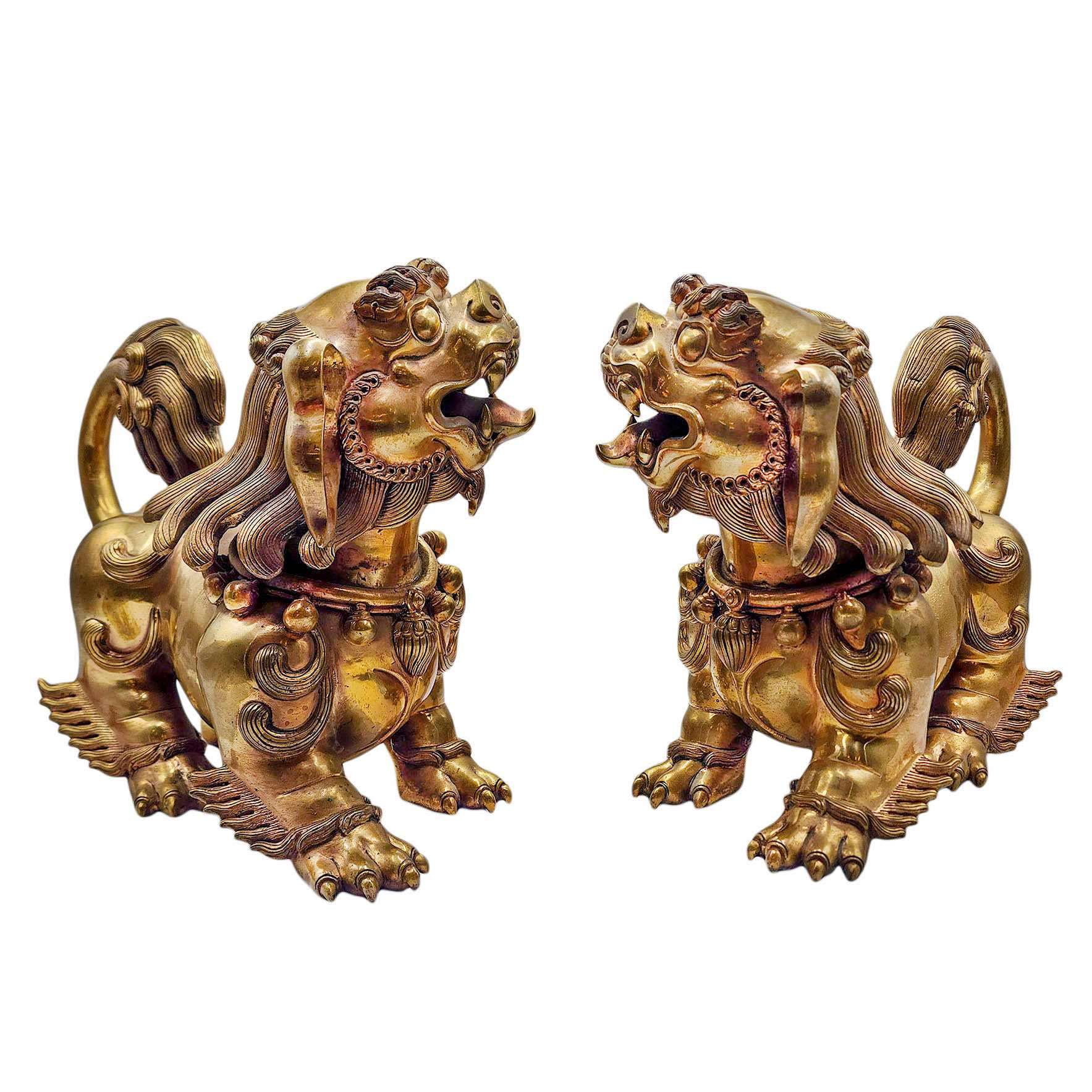 Temple Snow Lion Pair, Buddhist Statue,
Temple Snow Lion Pair, Buddhist Statue, 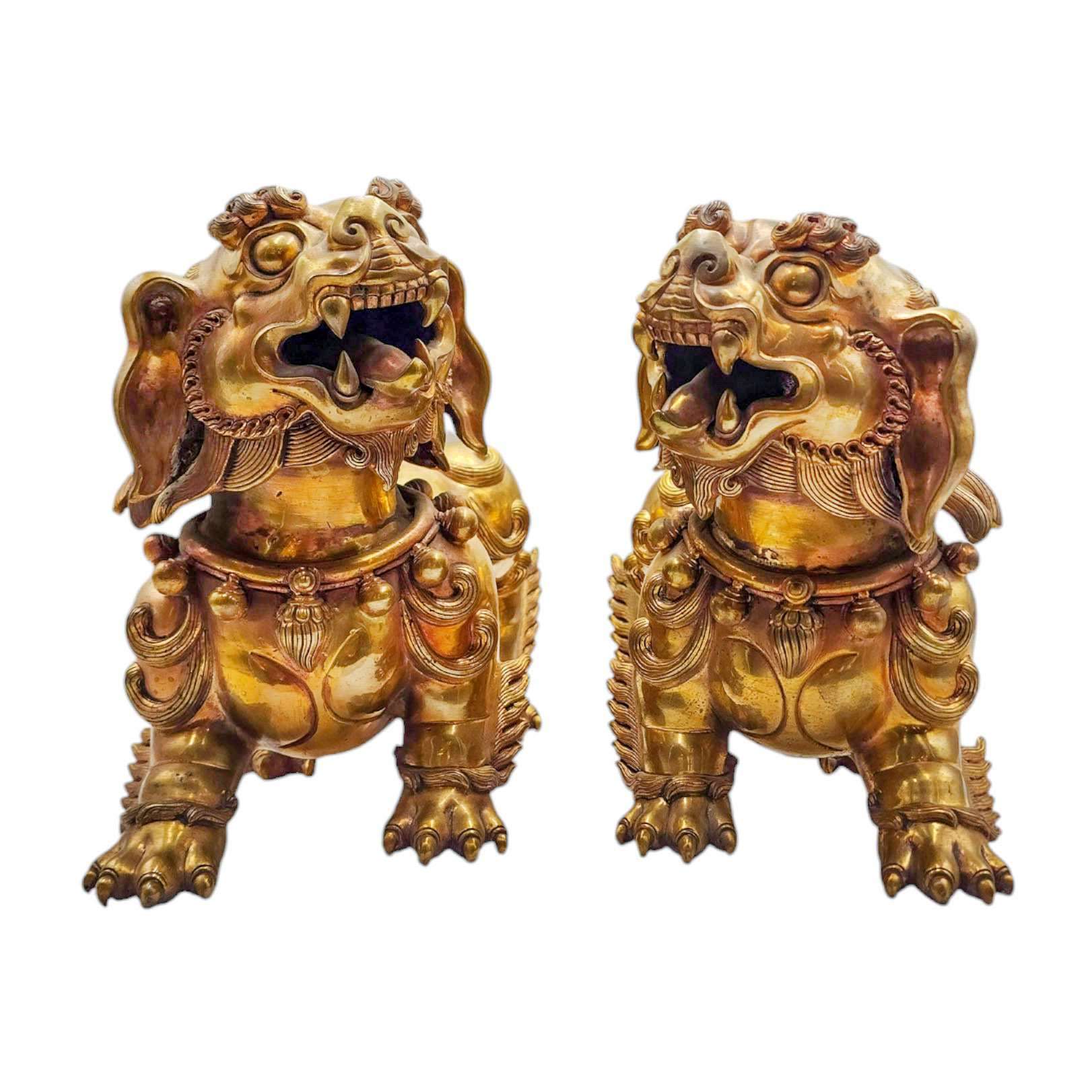 Temple Snow Lion Pair, Buddhist Statue,
Temple Snow Lion Pair, Buddhist Statue, 